Table of Contents
- What Are Benne Seeds? (The Simple Answer)
- Benne Seeds vs Sesame Seeds: Clearing Up the Confusion
- Historical Journey of Benne Seeds Across Continents
- White vs. Black Benne Seeds: Understanding the Differences
- Versatile Cooking Applications Around the World
- Authentic Chinese Cooking Techniques with Benne Seeds
- Health Benefits and Nutritional Profile
- Proper Storage Methods to Maintain Freshness
- Benne Seeds Across Global Cuisines
- Frequently Asked Questions
What Are Benne Seeds? (The Simple Answer)
Benne seeds are simply another name for sesame seeds. The term "benne" comes from the West African word "bene," reflecting the seeds' historical journey from Africa to America through the transatlantic slave trade. In most culinary contexts today, benne seeds and sesame seeds refer to the exact same product from the Sesamum indicum plant. If you're searching for what benne seeds are, you've likely encountered this term in historical recipes or regional American cooking and wondered how they differ from regular sesame seeds.
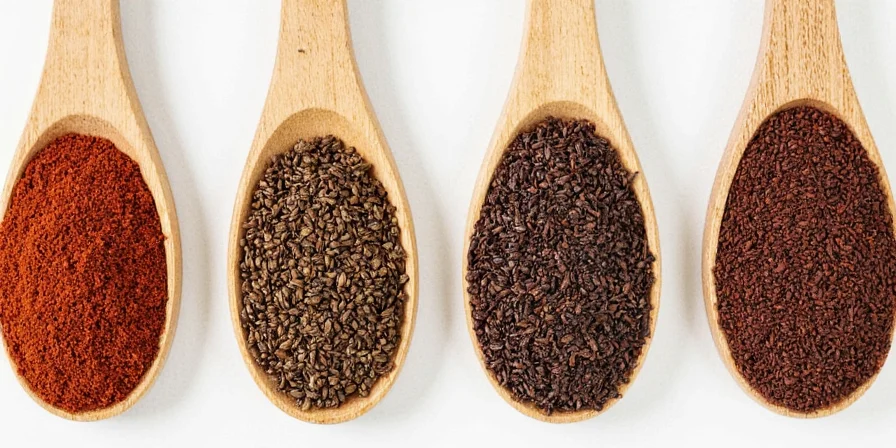
Photo: Both white and black varieties shown - these are sesame seeds, also known as benne seeds.
Many people search for "benne seeds" expecting them to be different from sesame seeds, but they're actually identical. The confusion stems from regional naming traditions, with "benne" commonly used in parts of the American South while "sesame" is the standard term elsewhere. This article will clarify the terminology, explore the rich history, and explain proper culinary uses of these versatile seeds.
Benne Seeds vs Sesame Seeds: Clearing Up the Confusion
Despite common misconceptions, there is no botanical difference between benne seeds and sesame seeds. The distinction is purely linguistic and historical:
| Term | Origin | Common Usage | When You'll Encounter It |
|---|---|---|---|
| Benne Seeds | West African (Wolof language) | Primarily used in American South, especially in Gullah Geechee cuisine | Historical recipes, Southern US cooking, heirloom seed catalogs |
| Sesame Seeds | Egyptian/Arabic ("sesamum") | Standard term in most of the world | Supermarket packaging, international recipes, scientific literature |
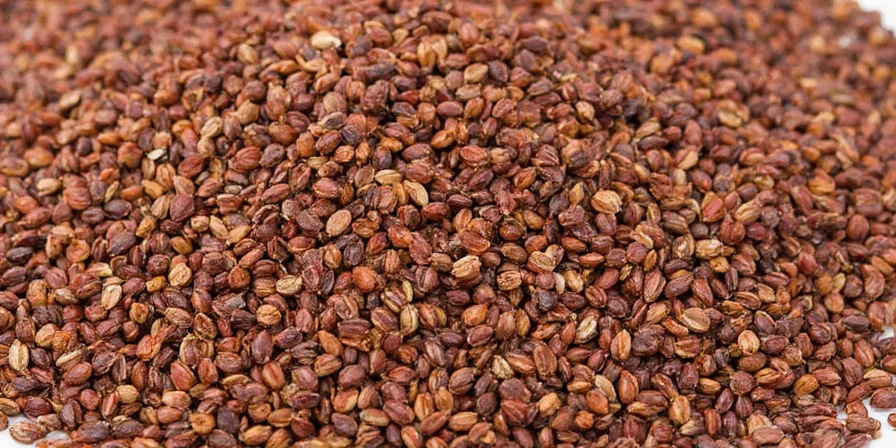
Photo: Whether labeled benne or sesame, these seeds come in both white and black varieties with identical properties.
The key takeaway: when recipes call for benne seeds, you can confidently use standard sesame seeds from your grocery store. The only difference is in the name and cultural context, not the actual seed.
Historical Journey of Benne Seeds Across Continents
Benne seeds have a fascinating global history that explains the naming confusion:
- African Origins: Cultivated in Africa for over 5,000 years, where they were known as "bene"
- American Introduction: Enslaved Africans brought benne seeds to America in the 17th century, where they became staple crops in the Southern colonies
- Chinese Adoption: Entered Chinese cuisine via ancient trade routes around the Han Dynasty (206 BCE-220 CE)
- Naming Evolution: The term "sesame" entered English from Arabic via Greek, while "benne" preserved the African linguistic heritage
In America, the term "benne" persisted primarily in the culinary traditions of the Gullah Geechee people of the Southeastern coast, while "sesame" became the standard commercial term. This explains why you might encounter "benne" in historical Southern recipes but "sesame" on modern packaging.
White vs. Black Benne Seeds: Understanding the Differences
Whether you call them benne or sesame seeds, they come in several varieties with distinct culinary properties:
| Type | Processing Method | Flavor Profile | Best Culinary Uses |
|---|---|---|---|
| White Benne Seeds | Hulled (outer coating removed) | Milder, sweeter, nuttier flavor | Dressings, baked goods, light-colored sauces where visual appearance matters |
| Black Benne Seeds | Usually unhulled | Stronger, earthier, slightly bitter notes | Robust dishes, marinades, Asian cuisine where visual contrast is desired |
| Golden Benne Seeds | Partially hulled | Balanced flavor between white and black | General purpose cooking, toasting applications |

Photo: The visual difference between white (hulled) and black (unhulled) varieties affects both flavor and culinary applications.
The hulling process explains the main difference between white and black varieties. White seeds have had their outer coating removed, which reduces certain bitter compounds and creates a milder flavor. Black seeds retain their hulls, giving them stronger flavor and slightly higher nutritional content.
Versatile Cooking Applications Around the World
Benne (sesame) seeds feature in cuisines worldwide. Here's how to use them properly:
- Toasting Techniques: Heat seeds in a dry pan over medium-low heat for 3-5 minutes until golden brown and fragrant. White seeds toast faster than black seeds.
- Oil Extraction: For maximum flavor, toast seeds before grinding or pressing for oil. The Maillard reaction develops complex flavor compounds.
- Timing Matters: Add whole seeds toward the end of cooking to preserve texture; incorporate ground seeds earlier for flavor integration.
- Storage Tip: Keep toasted seeds in the refrigerator for up to 3 months to prevent rancidity from their high oil content.
- Substitution Guide: When a recipe calls for benne seeds, use standard sesame seeds. The 1:1 substitution works in all cases.
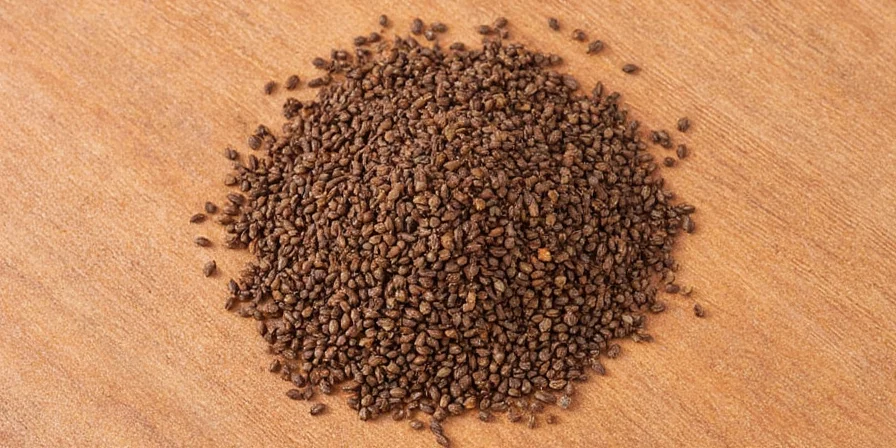
Photo: Proper toasting technique enhances flavor without burning these oil-rich seeds.
Authentic Chinese Cooking Techniques with Benne Seeds
Chinese culinary tradition has developed sophisticated applications for benne (sesame) seeds:
- Sichuan Application: Used in mala (numbing-spicy) preparations where the oil extracts capsaicin from chilies while providing cooling counterbalance
- Hunan Tradition: Incorporated into fermented black bean pastes where their oil preserves texture during high-heat cooking
- Cantonese Technique: Toasted at precise temperatures (160-180°C) to enhance wok hei (breath of the wok) without burning
- Yunnan Method: Added to cold oil then slowly heated to 120°C, preserving delicate flavor compounds
- Medicinal Pairings: Black seeds paired with warming ingredients like ginger, white seeds with cooling ingredients like cucumber

Photo: Professional Chinese chefs use precise temperature control when toasting benne seeds.
Unlike Western approaches that often treat sesame seeds as mere toppings, Chinese culinary tradition integrates them as active flavor catalysts through precise temperature control and multi-stage application techniques.
Health Benefits and Nutritional Profile
Benne (sesame) seeds pack impressive nutritional value per 100g:
| Nutrient | Amount | Health Benefit |
|---|---|---|
| Healthy Fats | 50g | Supports heart health and nutrient absorption |
| Protein | 18g | Complete plant-based protein source |
| Calcium | 975mg (98% DV) | Bone health, especially in unhulled black seeds |
| Magnesium | 353mg (84% DV) | Muscle function and energy production |
| Zinc | 7.8mg (71% DV) | Immune system support |
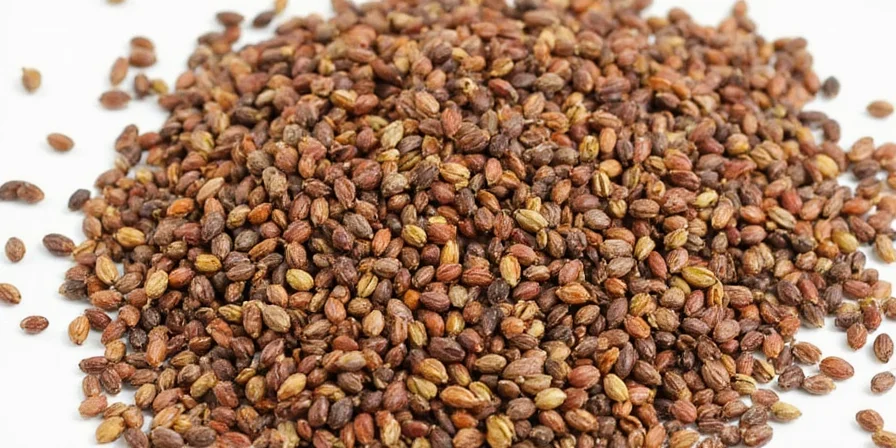
Photo: Benne seeds are nutritional powerhouses regardless of whether you call them sesame seeds.
Scientific studies confirm traditional uses: sesame lignans show anti-inflammatory properties and may support cardiovascular health. The high calcium content in unhulled black seeds makes them valuable for bone health, particularly for those avoiding dairy.
Proper Storage Methods to Maintain Freshness
Due to their high oil content (about 50%), proper storage is critical:
- Whole Seeds: Store in airtight containers in a cool, dark place for up to 6 months
- Refrigeration: Extend shelf life to 1 year by storing in the refrigerator
- Freezing: For maximum longevity (up to 2 years), freeze in vacuum-sealed bags
- Oil Preservation: Store sesame oil in dark glass bottles away from light and heat
- Freshness Test: Fresh seeds should have a pleasant nutty aroma; discard if they smell bitter or paint-like
Contrary to some traditional methods mentioned in historical texts, modern food science shows that ceramic jars with charcoal pieces don't significantly improve shelf life compared to standard airtight containers in the refrigerator.
Benne Seeds Across Global Cuisines
Different cultures have developed unique applications for these versatile seeds:
- American South: Benne wafers - a Gullah Geechee culinary tradition brought by enslaved Africans
- Middle Eastern: Tahini (sesame paste) used in hummus, baba ghanoush, and dressings
- Japanese: Goma (sesame) used in shichimi togarashi and as topping for rice dishes
- Mexican: Achiote paste sometimes includes sesame seeds for flavor complexity
- Mediterranean: Halva and other confections featuring ground sesame
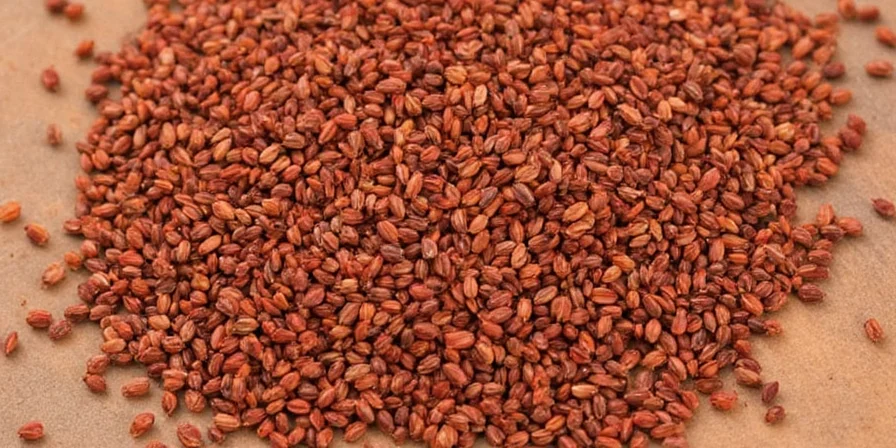
Photo: Benne seed applications vary significantly across global culinary traditions.
Understanding these diverse applications helps clarify why the term "benne" persists in certain culinary contexts while "sesame" is more common elsewhere - it's primarily a reflection of cultural heritage rather than any botanical difference.
Frequently Asked Questions
What's the difference between benne seeds and sesame seeds?
There is no botanical difference - benne seeds ARE sesame seeds. The term 'benne' comes from West African languages and was brought to America through the transatlantic slave trade, while 'sesame' comes from Arabic via Greek. They refer to the exact same seed from the Sesamum indicum plant.
Can I substitute sesame seeds for benne seeds in recipes?
Yes, you can use them interchangeably. When a historical recipe calls for benne seeds, standard sesame seeds from your grocery store will work perfectly. The substitution is 1:1 with no adjustments needed.
Why do some recipes specify 'benne seeds' instead of sesame seeds?
Recipes using 'benne' typically have historical or regional significance, especially those from the American South (Gullah Geechee cuisine) or older cookbooks. The term preserves cultural heritage but doesn't indicate a different product.
Are benne seeds healthier than sesame seeds?
No nutritional difference exists since they're the same seed. Black unhulled varieties (sometimes called benne) contain slightly more calcium and fiber than hulled white seeds, but this relates to processing, not the name used.
Where can I buy benne seeds?
Look for 'sesame seeds' in any grocery store. Specialty stores carrying Southern US ingredients or heirloom seeds might use the term 'benne,' but it's the same product. Online retailers also sell 'heirloom benne seeds' which are simply traditional sesame varieties.

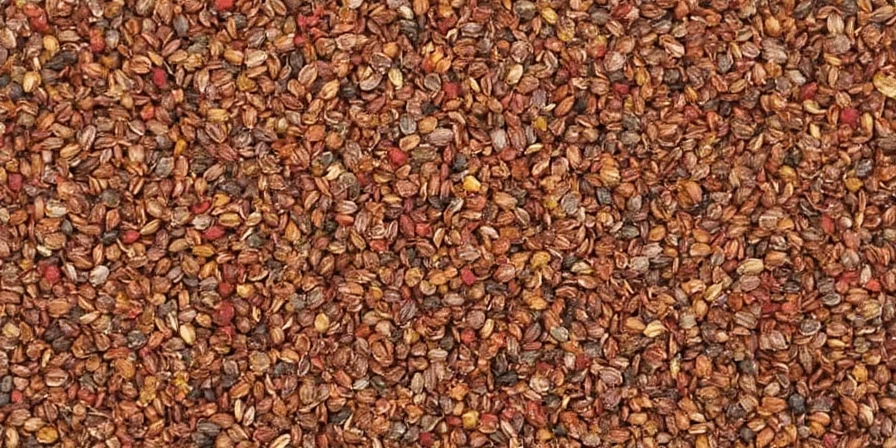









 浙公网安备
33010002000092号
浙公网安备
33010002000092号 浙B2-20120091-4
浙B2-20120091-4